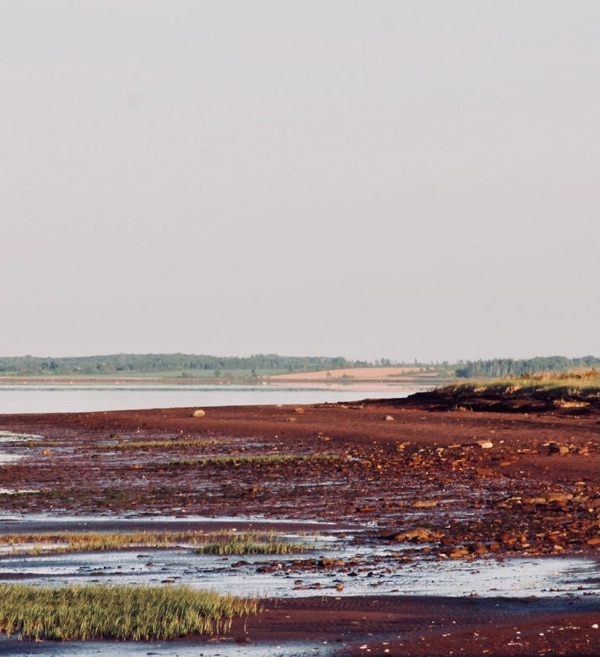Nous sommes voyageurs : le corps en tant que boussole
DOI :
https://doi.org/10.25071/1916-4467.40590Mots-clés :
marcher comme danser, flâner, le corps comme boussole, les données corporelles, le curriculum vécuRésumé
Cet article présente la pratique de la marche en tant que la danse. Dans cet article, les termes «la marche» et «marcher» se considèrent souvent comme synonymes de flâner car la pratique de la marche en tant que la danse que je vais décrire n'a pas d'objectif fixé. En marchant comme danser, j'explore la nature improvisée d'un mouvement baladant qui me permet de lâcher prise de certitude et de m'accorder avec l'inconnu. Je définis le corps comme une boussole qui nous guide à travers le chemin du curriculum comme vécu (Aoki, 1993) et le curriculum lui-même. À travers l'analyse de la pratique de la marche-comme-danse, je montrerai comment la connaissance du corps est déjà en nous ; c'est nous nous-mêmes.Références
Ahmed, S. (2006). Queer phenomenology. Orientations, objects, other. Duke University Press. DOI: https://doi.org/10.1515/9780822388074
Aoki, T. T. (1993), Legitimizing lived curriculum: Toward a curricular landscape of multiplicity. Journal of Curriculum and Supervision, 8(3), 255-268. http://proxy.lib.sfu.ca/login?url=https:// search.ebscohost.com/login.aspx?direct=true&db=eue&AN=9511050991&site=ehost-live
Bergonzoni, C. (2017). When I dance my walk: A phenomenological analysis of habitual movement in dance practices. Phenomenology & Practice, 11(1), 32-42. DOI: https://doi.org/10.29173/pandpr29336
Fraleigh, S. (2018). Phenomenology and life world. In S. Fraleigh (Ed.), Back to dance itself: Phenomenologies of the body in performance (pp. 11-26). University of Illinois Press. DOI: https://doi.org/10.5406/j.ctv80cb20.7
Hogan, L. (2007). Dwellings: A spiritual history of the living world. Norton.
Irwin, R. L. (2006). Walking to create an aesthetic and spiritual currere. Visual Arts Research, 32(1), 75-82. https://www.jstor.org/stable/20715404.
LaMothe, K. L. (2015). Why we dance: A philosophy of bodily becoming. Columbia University Press. DOI: https://doi.org/10.7312/columbia/9780231171052.001.0001
Lyle, E., & Snowber, C. (2021). Walking as attunement: Being with/in nature as currere. Journal of the Canadian Association for Curriculum Studies. https://jcacs.journals.yorku.ca/index.php/jcacs/issue/archive DOI: https://doi.org/10.25071/1916-4467.40514
Manning, E. (2009). Relationscapes: Movement, art, philosophy. MIT Press. DOI: https://doi.org/10.7551/mitpress/9780262134903.001.0001
Oppezzo, M., & Schwartz, D. L. (2014). Give your ideas some legs: The positive effect of walking on creative thinking. Journal of Experimental Psychology: Learning, Memory, and Cognition, 40(4), 1142-1152. DOI: https://doi.org/10.1037/a0036577
Oxford English Dictionary. (1989). Compass. In Oxford English Dictionary (2nd ed.). www.oed.com/view/Entry/37466.
Pinar, W. (1994). The method of "currere". Counterpoints, 2, 19-27. http://www.jstor.org/stable/42975620
Sajnani, N. (2013). Improvisation and art-based research. In S. McNiff (Ed.), Art as research (pp. 77-84). Intellect. DOI: https://doi.org/10.1386/9781783200016_11
Snowber, C. (2002). Bodydance: Enfleshing soulful inquiry through improvisation. In C. Bagley & M. B. Cancienne (Eds.), Dancing the data (pp. 20-33). Peter Lang.
Snowber, C. (2007). The soul moves: Dance and spirituality in educative practice. In L. Bresler (Ed.), International handbook of research in arts education (pp. 1449-1456). Springer. DOI: https://doi.org/10.1007/978-1-4020-3052-9_99
Snowber, C. (2014). Dancing on the breath of limbs: Embodied inquiry as a place of opening. In A. Williamson, G. Bateson, S. Whatley, & R. Weber (Eds.), Dance, somatics, and spiritualities: Contemporary sacred narratives (pp. 115-130). University of Chicago Press.
Snowber, C. (2016). Embodied inquiry: Writing, living, and being through the body. Sense. DOI: https://doi.org/10.1007/978-94-6300-755-9
Téléchargements
Publié-e
Comment citer
Numéro
Rubrique
Licence
© Carolina Bergonzoni 2021 
Copyright for work published in JCACS belongs to the authors. All work is licensed under a Creative Commons Attribution-ShareAlike 4.0 International license.


